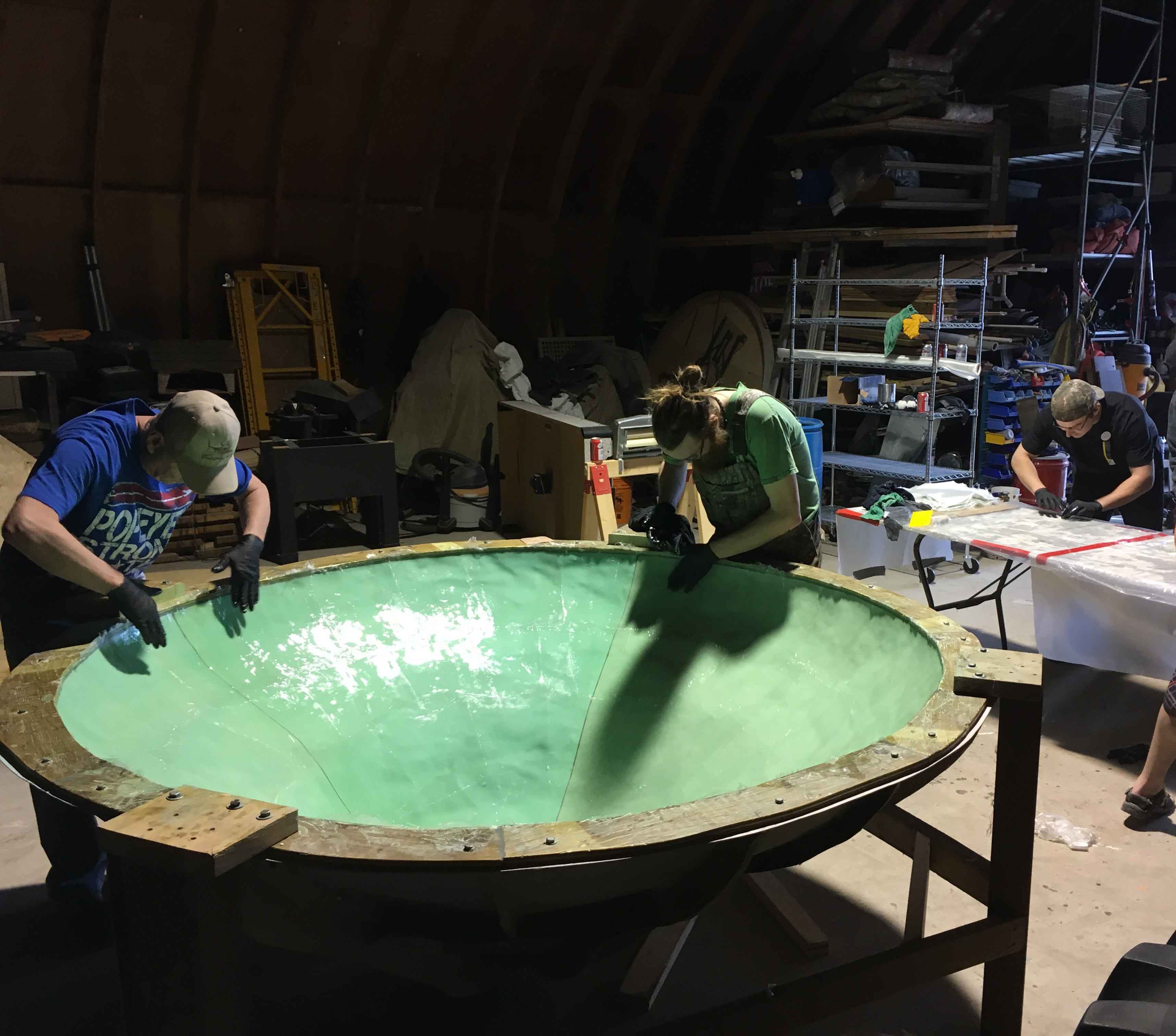Anyone who has had an opportunity to check out the Brazilian pavilion recently at Folklorama knows the hypnotic allure of capoeira. 442,000 people attended Folklorama, and Brazil was the most popular of the 41 pavilions once again. One of the pavilion’s biggest draws is the capoeira performance that is featured. Not only is capoeira captivating to watch and hear. It also has a rich history that makes it even more intriguing.
Incorporating martial arts, singing, dance and game, capoeira is a mesmerizing art with African and Brazilian roots and a fascinating history. Mainly practiced by enslaved people of African decent who were brought to Brazil to work on plantations, capoeira emerged as a form of resistance to oppression, with Africa being viewed as its mother and Brazil as its father. Disguised as a dance, capoeira grew into an effective way for slaves to practice fighting techniques, share culture and boost morale during the turbulent years of slavery. To the slave owners, capoeira did not appear threatening; it appeared to be a celebratory dance with singing and instruments.
Slavery was officially abolished in Brazil in 1888, and as former slaves transitioned from living on rural plantations to larger cities, capoeira followed, quickly becoming associated with anti-government activity. In response to this perceived threat, capoeira was made illegal by the government two years later in 1890. However, this did not stop the momentum of capoeira, this simply made its practice move further underground.
Although it was marginalized by mainstream society, capoeira’s following continued to grow, and more than 30 years after it was outlawed, Mestre Bimba opened the first official capoeira academy in Brazil. This served to give the sport more mainstream credibility and also caught the attention of the president of Brazil who declared capoeira the national sport of Brazil in 1937. This legitimization of the sport led to its practice outside of Brazil and its influence to be spread around the world.
Here in Winnipeg, capoeira is practiced and taught by the group Omulu Guanabara, located on Osborne Street. Parminder Obhi, a local capoeirista, maintains that one of the foundational aspects of capoeira is community. She elaborates that it is with this sense of connection that capoeira “offers a language and form of expression that allows its practitioners to live freely and to be the people that they need to be in their lives.” Additionally, capoeira is an incredible workout that offers its practitioners valuable self-defense skills. It is inspiring to see that the empowering art and spirit of capoeira is still so strong after all of the years it has been practiced, and in such disparate parts of the world.




